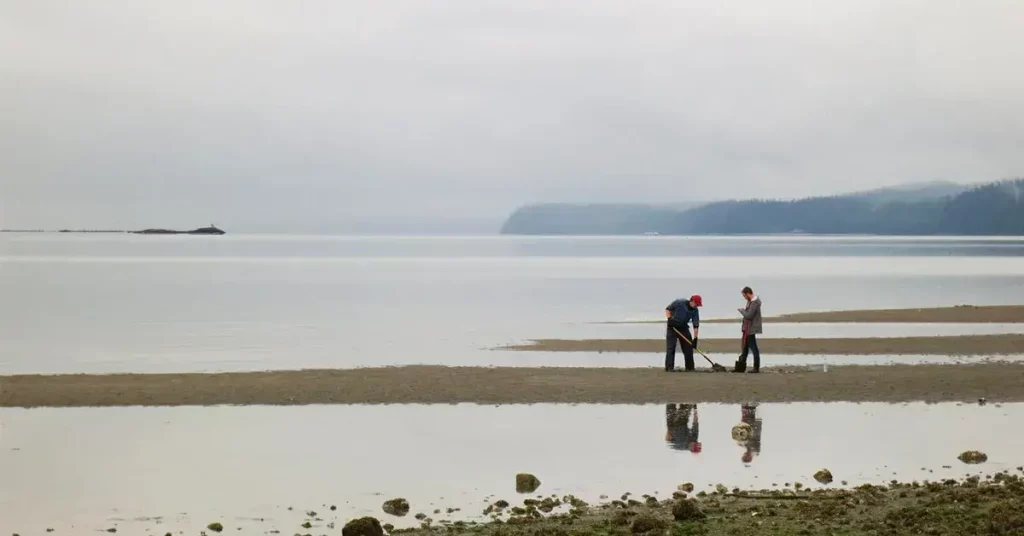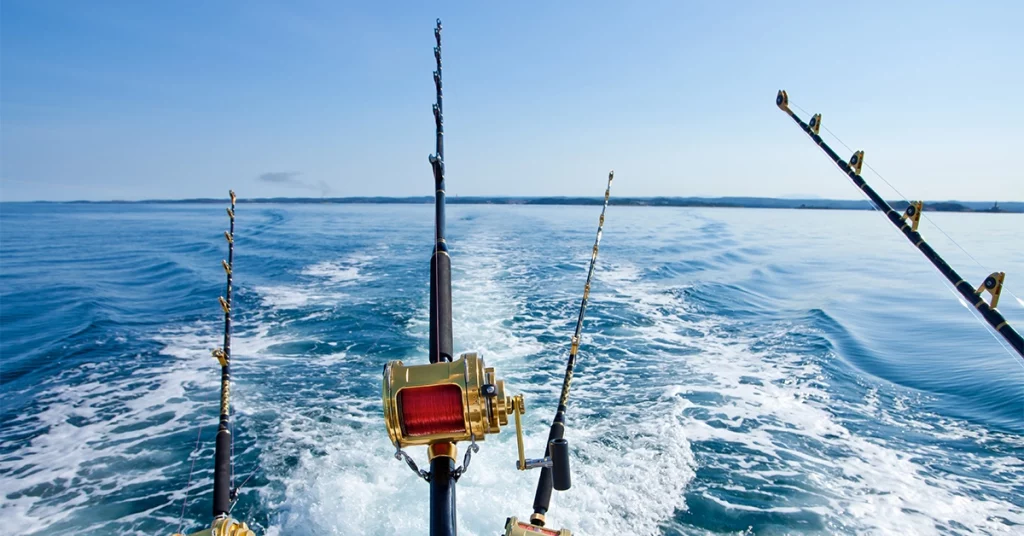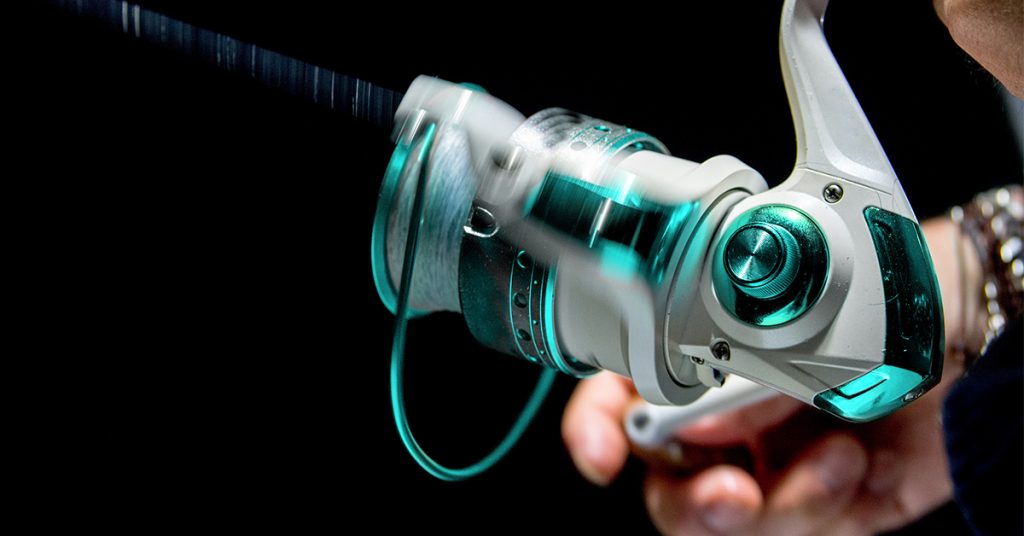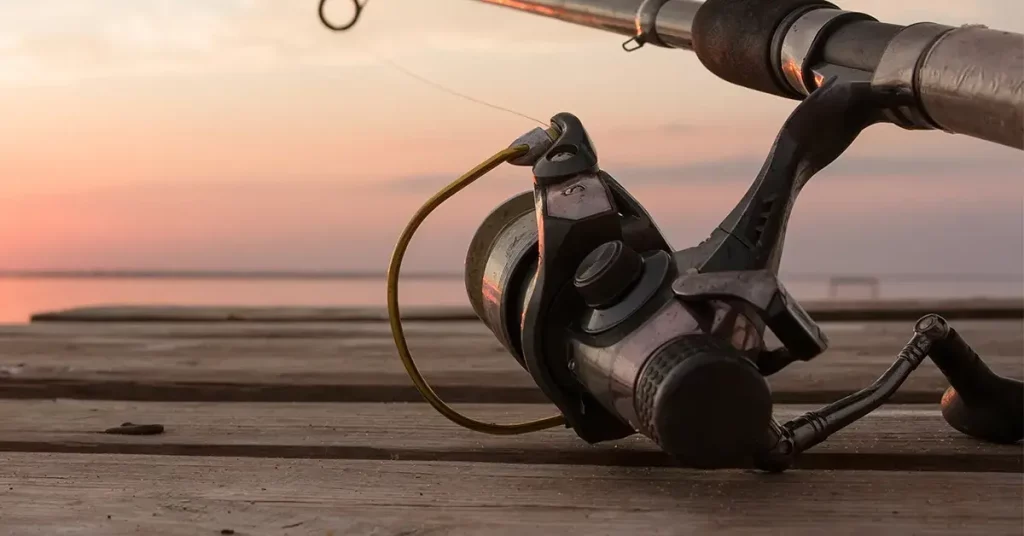There’s nothing quite like digging for clams. Scavenging the shoreline in hopes of locating a few tasty shellfish for dinner can easily become an addictive pursuit. After all, why buy expensive seafood when you can harvest your own for free?
Along much of the Atlantic and Pacific shoreline, digging for clams is a deep-rooted tradition. It’s not only a fun activity the whole family can participate in; it’s also a great way to put some healthy food on the table for little to no cost.
Before you can start clamming, you’ll need to know how and where to find clams, how to dig them out, and what gear you’ll need. Let’s dive into everything you’ll need to know to dig up clams.
Where to Find Clams?
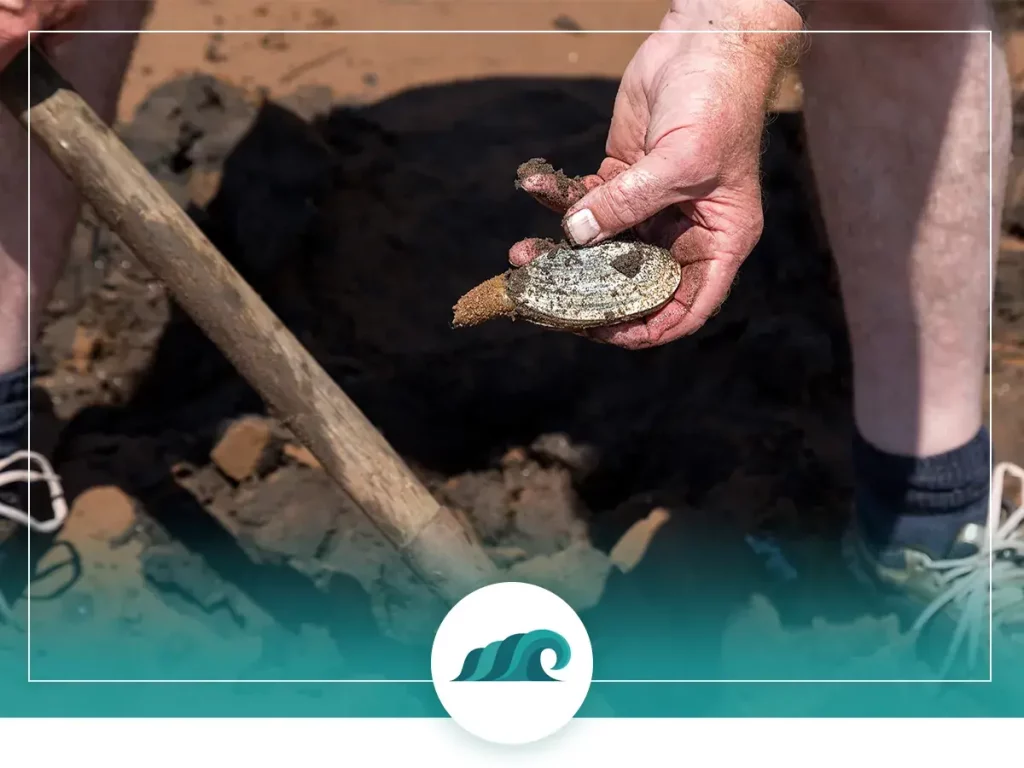
The trickiest part of digging up clams might be finding them in the first place. Each clam species is slightly different and will have its preferred area of the beach as well as depth in the sand. Luckily, learning how to spot them is fairly easy.
Getting a little local knowledge is probably the best way to start locating clams. Just ask nicely and most people are more than happy to share some helpful advice.
The first thing to consider is the tides. Unless you plan on diving, you can only gather clams, oysters, and other shellfish during low tide, when the water goes out and exposes their hiding spots. Each tidal cycle is about 4 hours, so you’ll have multiple opportunities to harvest them. Also, you don’t need to wait until the tide is fully out to find clams, you can usually gather plenty before then.
Look for sand beds with plenty of vegetation, clams tend to congregate around these spots.
Keep an eye out for small holes in the sand – these are known as ‘clam shows’. While they look slightly different, nearly all clam species make these kinds of holes. They’re usually perfectly circular, which is a good indicator that a clam is holed up beneath the sand. The show is actually an impression left by the clam after its done feeding and has withdrawn back into the sand.
To check if a hole has a clam below it, stamp your foot or press your shovel near the hole. If a squirt comes out of the hole, that’s a dead giveaway a clam is concealed below. If there’s no squirt, there still may be clams below, so it’s worth digging up.
How to Dig up Clams
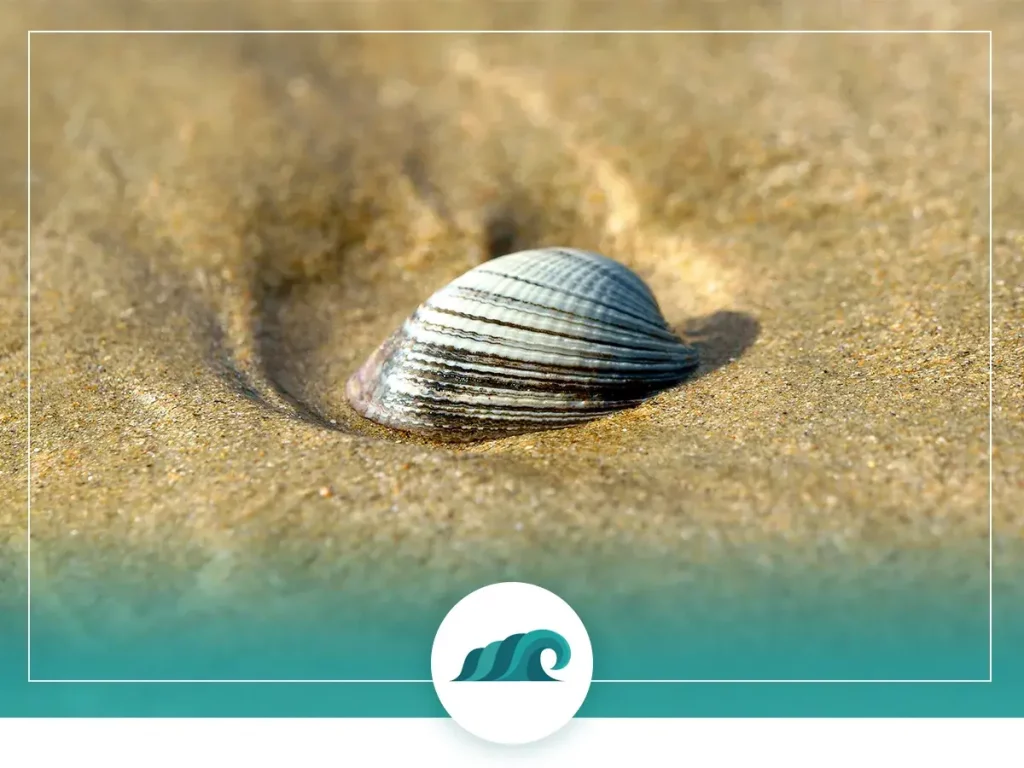
Once you’ve found some clams, you’ll need to dig down to extract them from the sand. You can do this with your hands, but a small clam shovel will make this task much simpler.
Depending on the clam species, they’ll be found between 4 and 12 inches deep. Hardshell clams are usually around 2” deep, steamer clams are typically found between 2” and 4” down, while razor clams are 12” deep or more.
When shoveling, you’ll want to keep your shovel blade vertical to avoid damaging the shell. Use your weight to push the shovel blade through the sand until your deep enough to scoop up the clams.
You’ve now got a shovelful of sand – hopefully – containing one or more clams. You can either pick through it by hand or use some type of clam rake to sift through it until you’ve found the hidden treasure!
Make sure to only pick up healthy living clams. If they smell off, have broken shells, or their shells don’t close fully, toss them – there nothing worse than a bad clam!
Check out this video for an up-close look at west-coast clam harvesting.
Clam Types
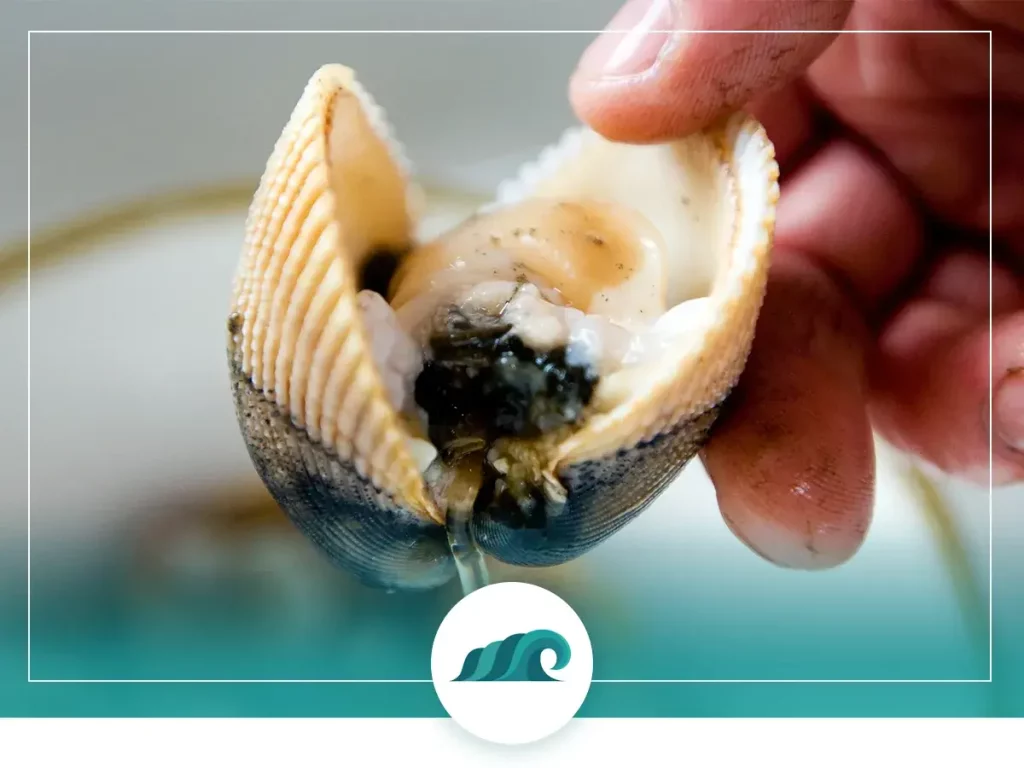
While clam types vary from place to place, there are a few major species you’re likely to encounter on either the Pacific or Atlantic coasts.
Hard Shell Clams (Northern Quahogs)
Found all along on the east coast of the US and Canada, and famous throughout New England, hard shell clams go by various names depending on their size. They’re usually between 3 and 5 inches long and burrow 2 inches (15 cm) deep. They have strong, thick shells and shorter siphons.
As they go up in size the names actually change. The smallest size is called countnecks, then littlenecks, topnecks, cherrystones, and finally the largest are called quahogs.
Soft Shell Clams (Steamers)
Another east coast species, this soft-shelled clam is most well-known along the New England coast but can be found from Canada down to the southern states. It features a longer siphon and is typically found in 2 to 4 inches of sand or mud. As their name suggests, their shell is soft and brittle, so you’ll need to be a bit more careful when digging them up.
Butter Clams
One of the most sought after west coast clams, this species can found from Alaska down to the San Francisco Bay area. They tend to live about a foot deep in sand and sediment, so you’ll need a shovel to extract them. They average between 3 and 4 inches when mature, but some can get as large as 5.
Razor Clams
There are actually two completely different razor clam species distinct to each coast.
Atlantic razor clams
Atlantic razor clams are also called bamboo clams or Atlantic jackknife clams. They’re a highly sought after delicacy and are often sold for top dollar in high-end restaurants. One of the reasons for their rarity is that they’re incredible diggers, and can easily evade a human by out digging. The easiest way to catch them is to pour salt on their ‘show’ hole, which forces them to the surface.
Pacific razor clams
Pacific razor clams are large meaty clams also prized for their excellent table fare. They’re found from Alaska down to southern California and can grow up to 11 inches long. They’re typically found between 3 and 6 inches deep in the sand.
In addition to the above species, there is a wide assortment of edible clams to be found on the tidal flats of North America. Everything from the large and unusual geoduck to surf clams to the gaper clam can all be found if you look in the right places.
Gear Needed
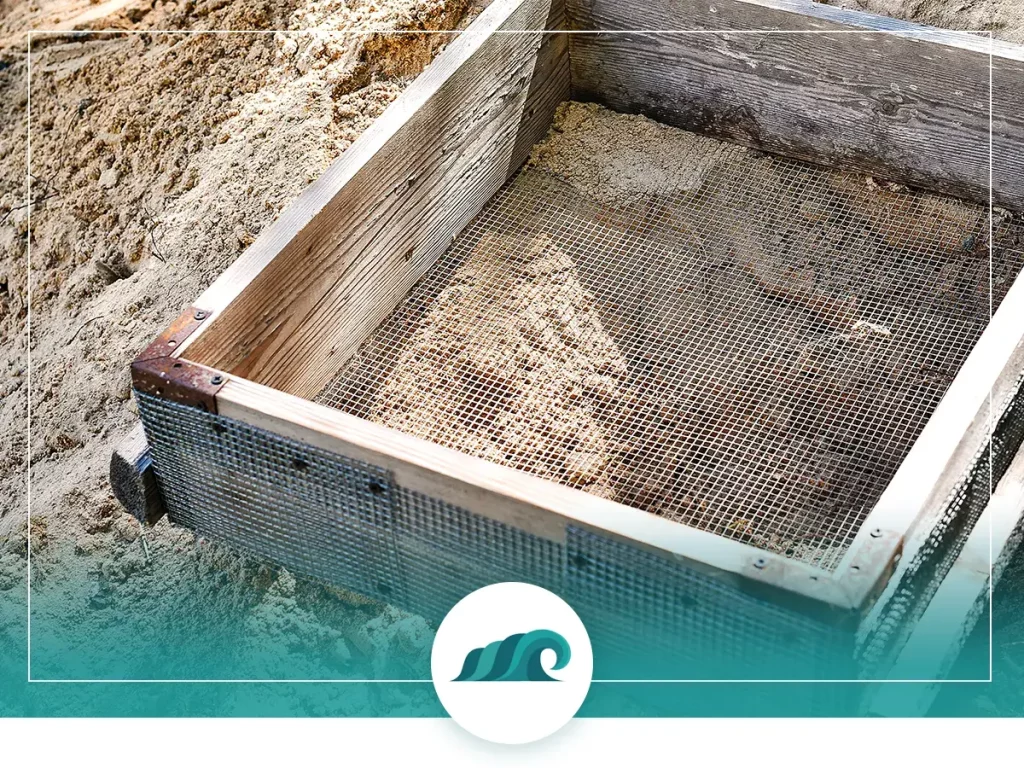
While clamming is a fairly low-cost activity, there are a few pieces of gear that will make your experience that much easier.
A small shovel or trowel is great for digging through sand and mud. Depending on how deep the clams you’re looking for are, you might want to size up or down. Check out the AMES D-Handle Mini Shovel for an all-around clamming shovel.
In addition to a digging implement, you’ll want something to make sifting through sand easier. A compact collapsible clam rake like the Eagle Claw Clam Rake makes an excellent choice. To measure if your clams are within legal limits, you’ll also want to bring along a crab gauge – check out the Danielson Crab, Clam & Shrimp Gauge.
A long wood dowel is another useful item. It will let you locate deeply burrowed clams by tracing them down their holes.
As you dig for clams you’ll start accumulating a pile and will need somewhere to stash them. A 5-gallon bucket works well for this, or you can use a belt attached clam net like the Source Management Clam Net. Nets are also useful for rinsing sand and grit off your harvest.
Other useful things to bring along are a good pair of waterproof rubber boots and a pair of protective waterproof gloves.While they’re certainly not necessary, there are also so-called ‘clam guns’. These are basically long aluminum or stainless steel tubes with built-in valves that act like vacuums – sucking up any clam you depress them over.
Check out the Murff’s Claminator for some of the finest clam guns on the market.
Laws & Regulations
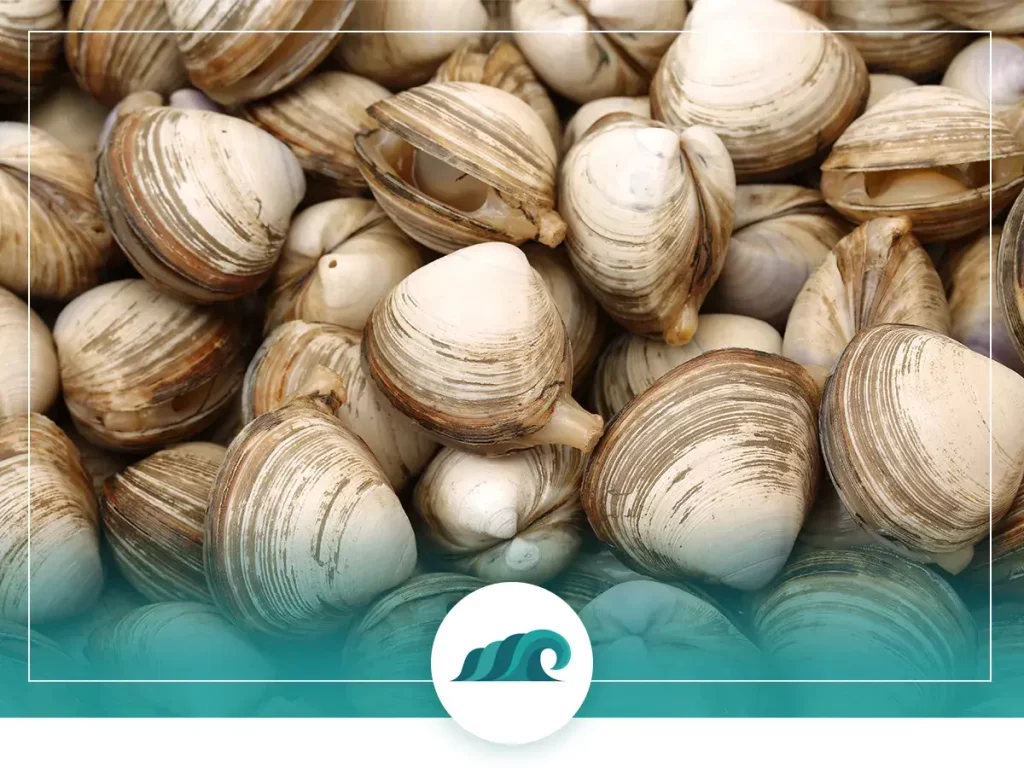
Another important thing to do before you start gathering clams is to check the local laws and regulations. The last thing you want to do is run afoul of your local fish and game warden.
Many locations have license requirements, as well as restrictions on the size and number of clams you can dig up per day. You’ll also want to make sure the beach you’re planning to collect clams isn’t closed for the season.
In addition to following local regulations, you’ll want to check if any clam flats have been closed due to pollution or red tide. Clams, like other shellfish, can become contaminated from toxic algae blooms during certain times of the year, so be aware.
Other Harvesting
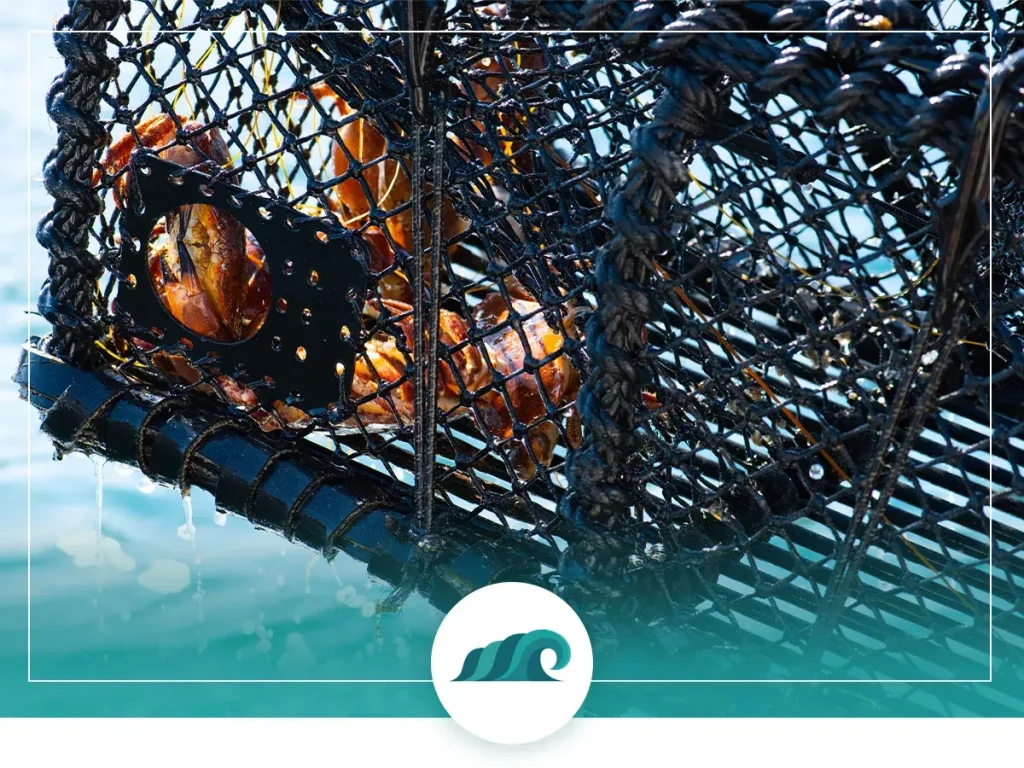
There’s a lot more than just clams to dig up during low tide. Oysters can often be found in the same waters as clams – and for my money are just as delicious. Mussels can often be found living on rocks and can be dislodged by twisting or prying free with a small knife. If you’ve got snorkelling or dive gear, then harvesting scallops is another potential option.
If you’ve had your fill of harvesting shellfish, you can throw a line in the water and try to catch striped bass or other nearshore species.
You can also drop crab traps in the water – or if you’re lucky you might find one concealed in the sand or mud. If it’s getting dark out, you can try your luck at squid fishing.
How to Prepare Clams
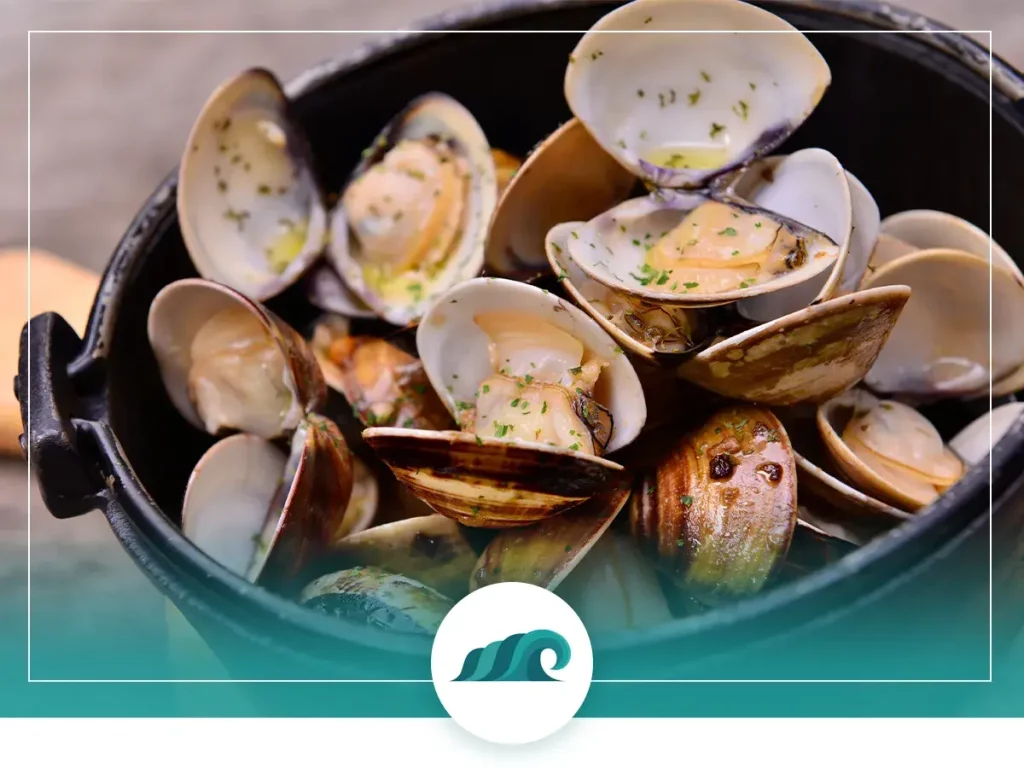
Many people are intimidated when it comes to preparing clams and other shellfish – but they really shouldn’t be – it’s no more difficult than prepping most fish.
Clams need to be soaked for several hours so they can purge any sand and grit contained inside. Cover them in saltwater and keep cool for at least 4 hours until they’ve finished purging. Then remove from the water and keep cool in a fridge until you’re ready to cook them.
Some recipes require clams to be removed from the shell, which is called shucking. Some clams are also commonly shucked and eaten raw – like cherrystones and littlenecks.
To shuck a clam cleanly, follow these steps:
- Take a paring knife or a clam shucking tool and insert the tip right between the two clamshells. Press the knife all the way into the clam.
- Twist your knife until you break open the seal and then run the knife around the edge of the clam. Make sure you cut the adductors which will loosen the top shell.
- Remove the top shell.
- Use your knife to loosen the lower adductors. You’ll now have the loosened clam meat in resting inside the shell.
Recipe
There are many ways to prepare clams – from breaded and deep-fried to clam chowder to clams casino. If you ask me they’re all delicious.
Garlic and White Wine Steamed Clams
One of the simplest and tastiest ways to prepare clams is to steam them in their own juices.
Ingredients:
- 2 pounds small clams in the shell, scrubbed
- 3 tablespoons butter
- 1 cup white wine
- 4 to 6 cloves of garlic, chopped
- Chopped parsley for garnish
Directions:
- In a large pot heat 2 tablespoons butter over medium heat. Add chopped garlic and sauté for 1 minute until its tender.
- Pour white wine into the pot. Let it come to a boil and then add the clams.
- Add remaining butter and cover until the clams have started to open.
- Discard any clams that don’t open. Garnish with parsley.
- Move the clams to a large bowl and serve.

